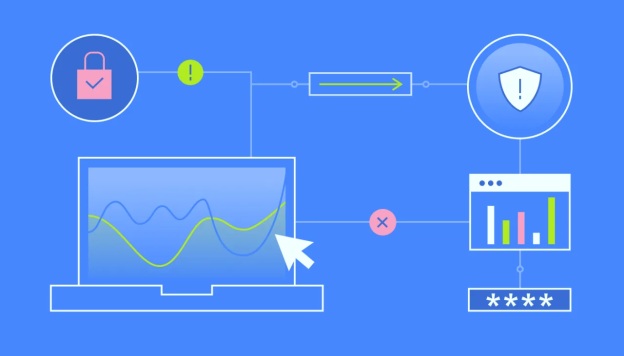LinkedIn was launched in 2003 and by the end of 2014 it had nearly 350 million registered users in more than 200 countries and territories. Long considered the social networking site for professionals, if you’re in business, it is basically expected that you have a profile there.
Being the largest network of professionals, LinkedIn has a wide range of purposes. It is used to direct traffic to a blog, market products, generate leads, find jobs, recruit staff, develop businesses and build networks.
Although there is no directly comparable resource, other platforms like Twitter and Facebook are now also used for business purposes, making it difficult to know where to put your time and emphasis – and easy to under-use this valuable site. But as a business professional you should not only have a LinkedIn profile, you should have a strategy to manage it effectively.
Work at your connections
Although LinkedIn is more static than other social networking platforms, you still need to visit regularly and work at developing your connections. Checking and updating once a week will keep your community healthy, so build this into your routine. From the point of view of other users, if you have too few connections – say 20 or less – then you are probably not visiting often or taking LinkedIn seriously and are unlikely to offer a good return on that person’s investment in linking to you. Aiming to maintain 20-50 connections will show your interest and trust in the platform and make you a worthwhile investment. Connect with your classmates, colleagues, co-workers, training providers, suppliers, employers, appropriate personal contacts. Remember communication turns contacts into relationships.
Use the available resources wisely
Make your profile as complete as possible. You will need to bear in mind the purpose and strategy of your LinkedIn page when creating your profile; if you are happy in your current position and likely to remain so, your profile does not need to include your complete cv, but if you are likely to be seeking a promotion or move in the near future you may want to include a full cv, plus a link to your portfolio if relevant. You should also bear in mind the type of networking you hope to get done. If you want to be optimised for the LinkedIn search engine, list all relevant keywords at the bottom of your profile to be found more easily.
As previously noted, LinkedIn is a less dynamic site than Facebook and there are fewer opportunities to make changes once your profile is complete. One way to keep your page interesting and encourage other users is through status updates. Providing occasional status updates not only refreshes your page but also offers new networking ideas and opportunities to others, which they will appreciate.
You can find potential networking opportunities by using the groups function and looking at what groups other people belong to in the same way that they will review your groups and as a part of your ‘usefulness’ to them.
Always include a photo
Any social networking platform you may utilize will be for the purposes of building relationships and developing communities so a photo is an essential part of displaying your trust and commitment to any page you put up. While you may feel you want to retain some privacy – or not provide companies with personal information which they may use to be discriminatory – you also need to appear open, honest and approachable.
Your photo should be a good quality headshot placing you in a professional environment; don’t use your favourite snap taken in the garden, or a picture from a social occasion.
Maintain the quality of your public image
If you are using Facebook, Twitter, LinkedIn and any other social media, so is everyone else – after all, that’s the point. So what you put on your platforms is available to view by your colleagues, your boss and any potential connection or employer. Every time you update a status, add a connection, join a group or make any changes, ask yourself how it affects your online image and never do anything inconsistent with the business image you want to portray.
For this reason you should think carefully before linking your different social networking profiles. As a rough guide, most of us use Facebook in a more casual way than LinkedIn, often for family and friends, while Twitter can be used for business or be very personal. There is often no benefit to linking these facets of your life and potential for damage to your business image if mistakes happen.
If your role provides you with the chance, give and ask for recommendations from colleagues, managers, or people to whom you have provided a professional service in order to illustrate your professional status and the quality of your work.
Remember you are using this tool for a purpose
Whether you use them for yourself or on behalf of your company, you should be creating and maintaining social media platforms with a clear purpose in mind and a strategy to help you fulfill that goal. If you remember your strategy whenever using your social media tools, you should be successful in achieving your goals. But on LinkedIn, along with promoting yourself as a professional, your ultimate aim is to network and to encourage people viewing your profile to connect with you. So, the most important thing you can do is create a profile which proves that you are good value in terms of what you offer in return for the time, effort and connections of other users who may consider linking to you.








